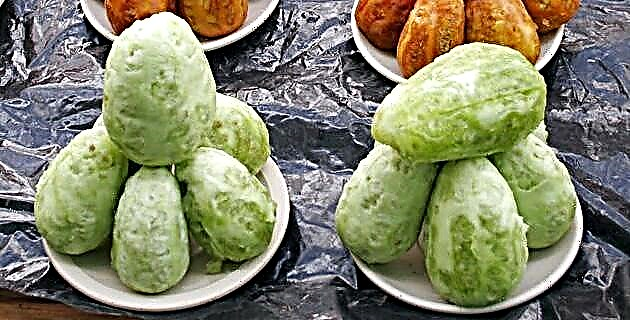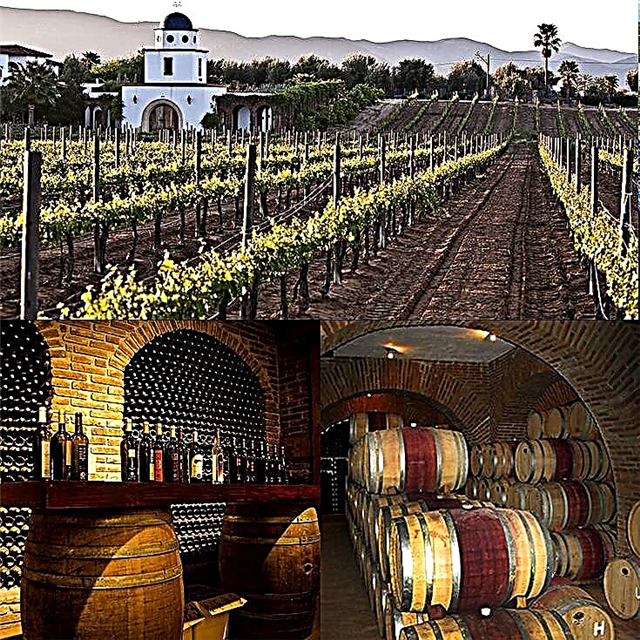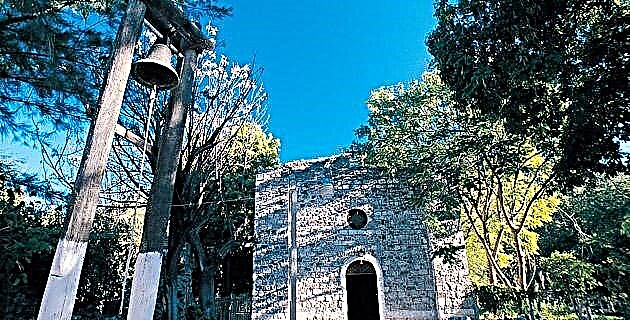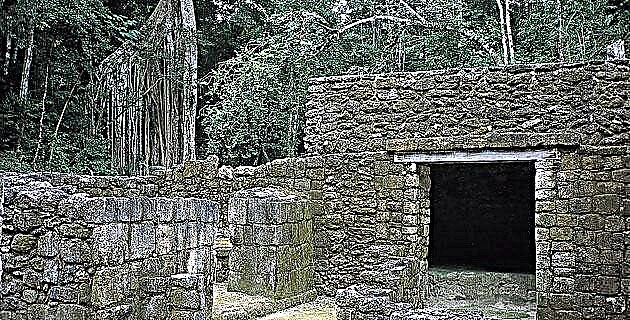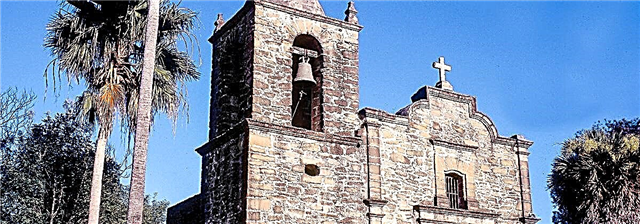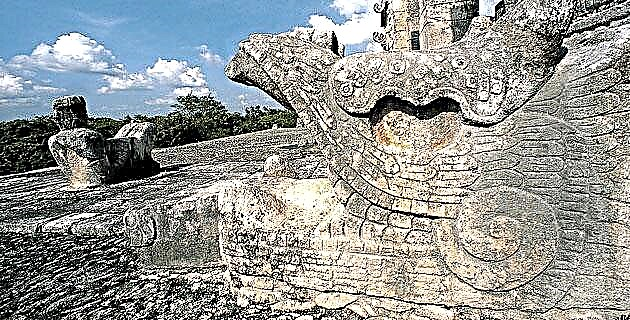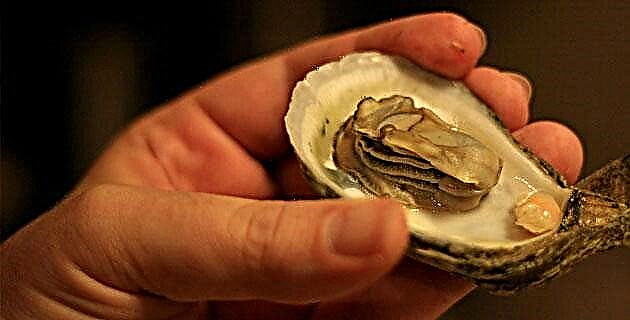
Traveling along the Nayarit riviera, the locals recommended us to visit the Boca de Camichín estuary, in the municipality of Santiago Ixcuintla, there we would delve into a very peculiar activity: the cultivation of oysters.
As we passed through Santiago Ixcuintla we had the opportunity to admire the Our Roots mural, which is on the side walls of the main artery bridge and whose author is the teacher José Luis Soto who, between 1990 and 1992, carried out this magnificent work. The mural is made with industrial ceramic materials, in combination with the materials typical of the coastal region: shells, sand, obsidian, flagstone, glass, mosaic, talavera and marble.
After our visit we return to the road to Boca de Camichín. Halfway there is the mouth of the Rio Grande de Santiago that fertilizes the Santiago Ixcuintla Valley, leaving a thick layer of silt in each of its avenues. This region has many lagoons, some of which are connected by natural channels with the Camichín estuary. This network of channels, lagoons and estuaries constitutes the fortune of fishermen since it is the paradise of many aquatic species, especially shrimp and oysters.
As we enter the small fishing community of Boca de Camichín we are surprised by the fact that practically every town is submerged in millions of shells, especially oysters. That's right, the locals tell us, here we all dedicate ourselves to oyster farming. They invite us to learn about the process of this activity that sustains the entire town. Many of the shells, they tell us, are brought in trucks from other regions, especially from the Sinaloan coast where shells abound; some of them exist since pre-Hispanic times, which means that some oyster that we will have to taste later would be in a shell that was used for the same purpose more than a thousand years ago.
After gathering enough shells, what proceeds is to build a raft or pile with fiberglass floats, on which some planks are fixed where the "strings" that will remain submerged in the estuary are to be fixed. To make the "strings", in addition to the shells, polyethylene thread and PVC pipe are needed. The shells are drilled and placed one by one on a thread, between each one a piece of tube of about 10 cm is placed to keep the shells separated.
In the rainy season, in June-July, the locals say that the oysters stop, this means that initially the shells are put together, without the separating tube, so that the larvae stick to the shore of the estuary and it is much better when the water is "chocolatey"; this process takes about six days. Once the shell has the larva, it is placed in the "string" that will later be placed in the rafts, where they will remain for more than seven months.
A raft in a good year can produce up to six tons of oyster. There are some cooperative members who have more than fifteen oyster rafts that are the aspiration of any fisherman. All the activity in Boca de Camichín revolves around the oyster, it also involves the truckers who transport the shells and the drums or floats with which the rafts will be made, those who are dedicated to piercing the shells, threading them with the thread and the tube, those who cut the boards to build the rafts, in short, even the children who open the oysters for a few coins.
In cayucos or boats you can reach the interior of the estuary where most of the rafts are found, of which there are more modest, that is, without the tambos, which are placed closer to the shore to prevent the sea from taking them away. In these cases the oyster does not grow that much, however the vast majority have six to eight ponds that are in the middle of the estuary.
To remove the "strings" from the embedded ones, a good condition is required, since in many cases it is necessary to submerge and emerge with a heavy "penca" where in addition to the oysters clams and mussels are attached. It is also interesting to see how some of the rafts have a tent where the person in charge sometimes remains to keep lovers away from others. The oysters are mostly sold by the women in charge of the canopies on the beach.
The town that is in this beautiful estuary has existed for approximately 50 years. In its alleys among the enormous activity that is generated especially from June to August, which is planting time, you can see a primary school, a tele-secondary school, satellite dishes, the fishing cooperative that has more than 150 members that They benefit from belonging to it from different services such as: vans to move the product, burials, road repair and other benefits. In the arches that are on the beach, you can taste other species fished in the estuary in addition to the oysters: snook, curvina, shark, shrimp and others. In Boca de Camichín you can also practice sport fishing.
When we left the town to return to Santiago, we made a stop five kilometers away at Los Corchos beach, which has golden sand of fine texture, a gentle slope and a regular swell, but above all it is a clean place where there are half a dozen branches where you can you can taste seafood with an ice cold beer. The sunset in Los Corchos is spectacular, golden hues flood the bower, while the locals prepare to close and go home in Boca de Camichín; when the sun disappears the place is deserted with the only echo of the waves.

